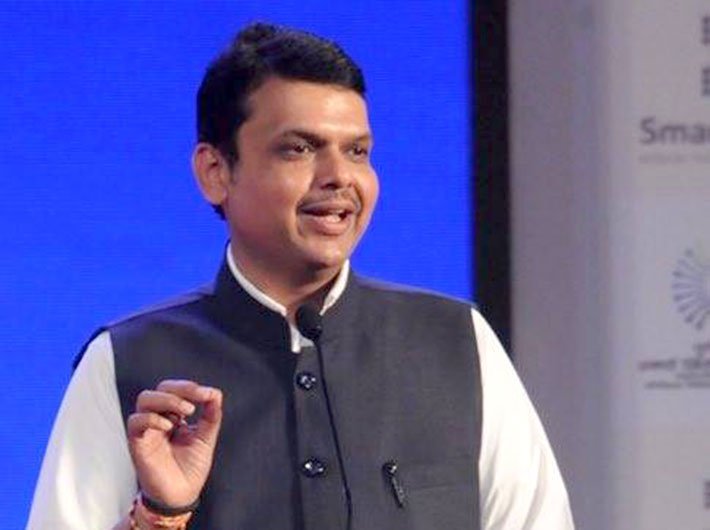Approximately one-eighth of Mumbai’s existing landmass is proposed to be added for development works, especially for housing of low income groups.
Maharashtra CM Devendra Fadnavis gave green signal to the 2034 development plan that will make more land available by adding over 3,650 hectares of land currently marked as no-development zones, including salt-pan lands for different segments of affordable housing. About 3,000 hectares of land would be available for building affordable houses.
About 330 hectares of salt-pan lands not affected by CRZ would be made available for such housing development where the government will construct 10 lakh affordable homes. 60 hectares of the Mumbai Port Trust’s 721.24 ha have also been earmarked for affordable housing.
While the development plan has committed to long-term conservation of Aarey Milk Colony –the city’s green lung, it will also be opened to allow construction of metro car shed and a zoo.
Under the development plan 2034, developers will get more floor space index or floor space index. FSI is the ratio of a building’s total floor area to the area of the plot. The FSI in the city has been raised from 1.33 to 3, while in suburbs it has been raised from 2 to 2.5.In case of commercial properties the FSI has been raised from 1.33 to 5 in the city and from 2.5 to 5 in the suburbs. Mumbai is the world’s second most crowded city with a population density of 29,650 per sq km.
The plan will incentivise private landowners who choose to develop amenities that their lands stand reserved for playgrounds, gardens, health centres, shelters for the homeless, etc.
It will also help create new parks, homes for the aged, temporary farmers market, parking facilities and promises to protect coastline including the beaches, estuaries, mudflats and mangroves. It aims to create eight million new age knowledge jobs in residential and commercial sectors. The new plan has demarcated 12,859 hectares as “permanent no development zone” where no construction activity will be allowed.
Architect and activist Nitin Killwalla told Governance Now that with hardly any open spaces left in Mumbai city, destruction of mangroves and opening salt pan land will further degrade environment. “The city requires green spaces and cover. But with the government allowing increase FSI in thousands of buildings it is detrimental for city,” he said.
Sitaram Shelar of Hamara Shahar Mumbai Abhiyan said that it is the lower and middle class that need housing in Mumbai. “Are we making homes for them? Instead we are making 2-3 BHK homes. The 2011 census data says that 1.5 lakh homes in Mumbai and 200,000 ready homes in MMR region are lying unsold. These homes are unaffordable for most people?”
Urban planner and former chief town planner with the MMRDA,V K Phatak said that increase of FSI should instead be factored on accessibility pattern. Speaking on opening of salt pan land he said, “As per the government’s policy, salt pan land is categorised as CRZ and could be subject to environmental clearance.” On government proposed plan to create two central parks in south Mumbai, Phatak said, “The plan has also to be implementable. Having a huge park at Nariman Point area would amount to reclaiming area which could be violation of CRZ etc. Moreover the area is not under BMC and under special planning authority of MMRDA” he said.
However Hussain Indorewala, assistant professor at Kamla Raheja Vidyanidhi Institute of Architecture, said that everything is a matter of detail with the development plan. “The maps are not yet out and we still have not seen the development project reports. We only know the salient features so far. Though we say Aarey is a green zone, we need to be able to see the DP and the Development Control regulations (DCR) to know what the green zone means. While the DP does not have a green zone and this is the first time they are talking about it we will have to check regulations of green zone in DCR to be able to say what it implies for Aarey.”

